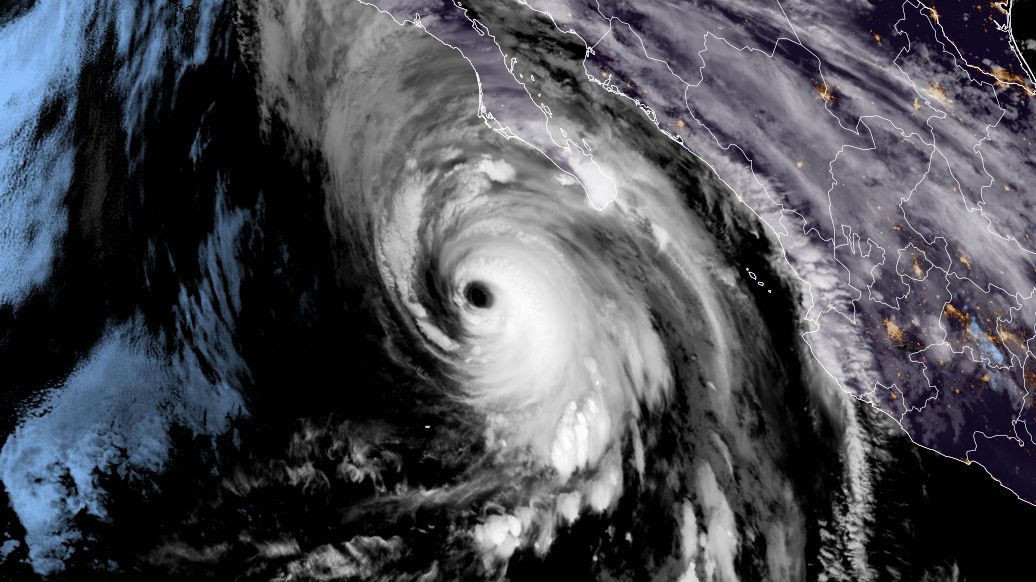Data Streaming With SD Card Duplicator
You’ve probably heard the phrase “the devil is in the details,” and nothing could be more accurate when it comes to data duplication to SD cards. Today, we’ll look at an SD Card Duplicator, which allows you to data stream unique material to each card.
If a user wanted to make many copies of the same data, they would normally copy the data to SD cards. My SD (or microSD) media clients, on the other hand, wish to not only repeat the same information to each card but also communicate unique data to each card.
Let’s Look At A Specific Example:
It is very usual for organizations that create map data to also desire to protect their mapping data. Maps are expensive to create and may include sensitive information that a firm wants to keep secret. As a result, when using an SD Card Duplicator to generate hundreds or thousands of copies, a protection mechanism must be built into the duplicating solution.
A typical way for creating security on SD card media is to utilize the card’s CID number. The CID number is a value stored in the “read-only memory” of an SD card that is unique to each card and follows the card around. Because the CID number is a read-only value, it cannot be cloned or replicated. Obtaining the CID number from the card, in addition to the unique number, demands the use of particular vendor instructions.
Because Nexcopy employs specific vendor instructions to acquire the CID value, a Nexcopy SD Card Duplicator may be used to read the CID number.
So, here’s what a mapping firm can do for you:
- Encrypt the mapping data to keep it safe.
- Include a text file with the decryption code for the map.
- Include the actual card’s CID number in the aforementioned text file.
- Because each card has a unique CID number, write the unique key code text file to each card.
When duplicating, the SD Card Duplicator allows the user to export CID numbers in bulk. When CID numbers are exported in bulk, the organization can run a script to generate key code text files that can only be decrypted by the card with the proper CID value.
The SD Card Duplicator’s last step would be to write the encrypted map data to all of the SD cards (or microSD cards) and then reproduce the encrypted file’s unique data stream, which contains the CID number and key code, to each card.
Even though the end-user would need to write some custom scripts or batch files, the Nexcopy SD Card Duplicator would handle the remainder of the duplicator job.

Secure Digital (SD) was developed by the SD Association (SDA) as a proprietary non-volatile memory card format for use in portable devices.
SanDisk, Panasonic (Matsushita), and Toshiba partnered in August 1999 to create the standard as an enhancement over Multi Media Cards (MMCs), and it is now the industry standard.
In January 2000, the firms also established the SD Association (SDA), a non-profit organization dedicated to promoting and improving SD Card standards.




